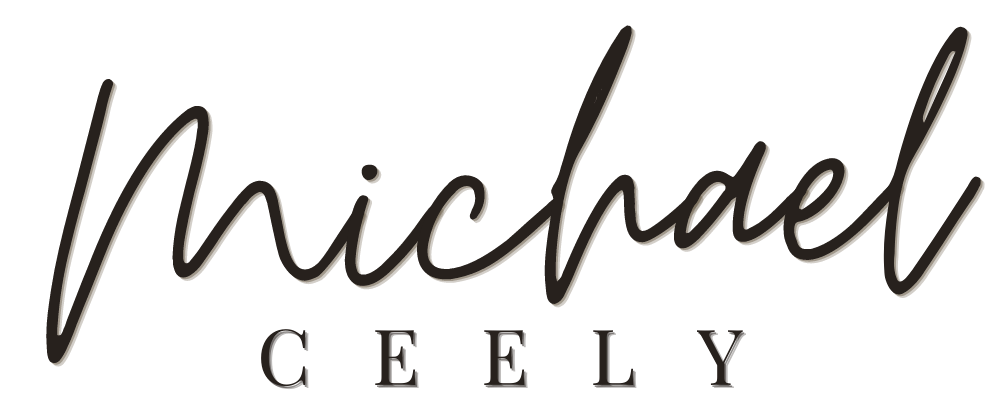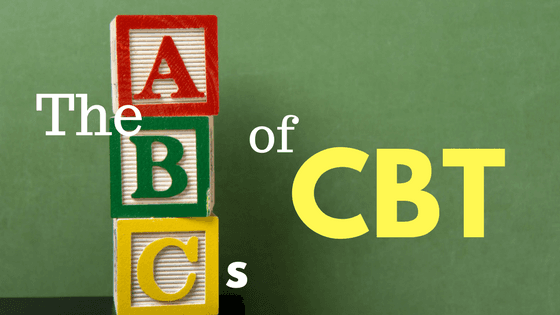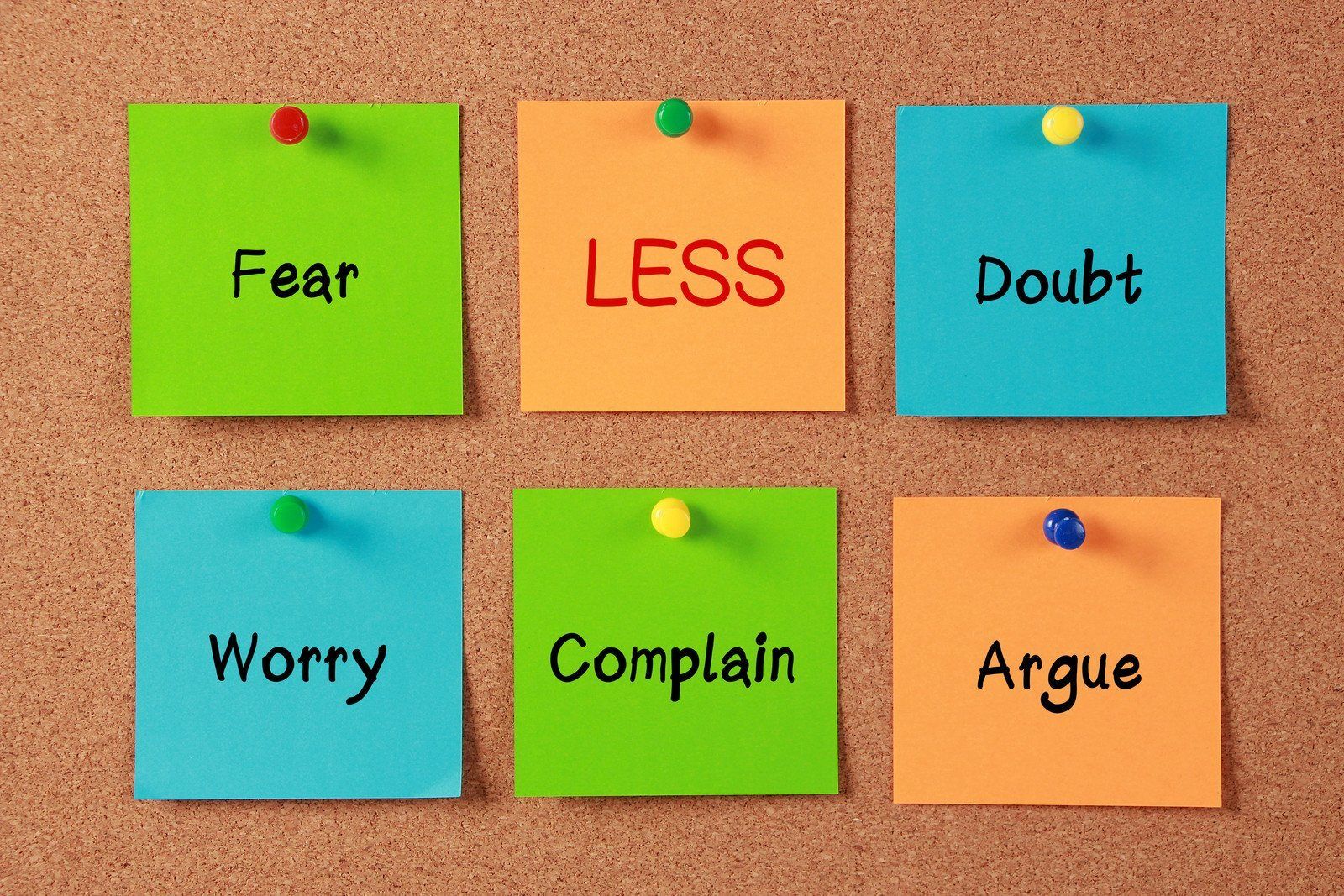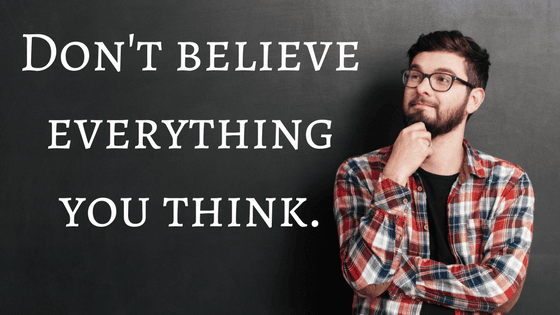How cognitive-behavioral therapy changed a therapist's life (and how it can change yours too).
Cognitive behavioral therapy, a.k.a. CBT, is one of the more popular therapeutic approaches, and one that I, as a counselor, find very effective.
Developed by Albert Ellis and
Aaron Beck, its tenets can be traced back to the Stoics of ancient Greece.
The goal of any style of therapy is to break a pattern - one that doesn't serve you - be it a pattern of thinking or a behavior. CBT uses the power of logic to challenge and disrupt these patterns, and create new, more positive ones.
Watch the Video: The ABCs of CBT
A Therapist's Journey to Cognitive Behavioral Therapy
In my therapy practice I use CBT as my primary mode of engagement with my clients. I'm a fan of CBT because it helped me personally when I was struggling in my life.
In my mid-20s, I transitioned from my first career, bicycle racing, to full-time college student. As with any career change, it can be tough. For me, I had a fair amount of negative patterns that weren't really working for me.
For example, I often convinced myself that I would fail an exam.
This led to what I call "rabbit-hole thinking" where before the test, I would say something like this to myself: "If I fail this exam, then I'll fail the class, and then I'll drop out of college, never get a job, and end up homeless."
I would put so much pressure on myself that sometimes I did actually fail... thus confirming my fears!
Of course, this was irrational, but I got caught up in this kind of thinking, and it became a habit. I got really good at thinking negatively, so much so that I unconsciously created my own reality, and not a very positive one.
Fortunately, a friend had given me a book called
Feeling Good
by Dr. David Burns. It had helped him, he said, and he encouraged me to read it.
The book is a self-help guide of how to use CBT on yourself. I highly recommend it, even if you are already feeling good!
When I began reading the book, I couldn't help but notice how simple and logical CBT was. It was as easy as ABC.
An Example of Cognitive Behavioral Therapy's ABC Model
Cognitive behavioral therapy uses something called the A-B-C model, where A is the activating event, B is the belief, or filter, and C is the consequence, such as an emotional reaction.
Using the prior example of an important exam, let's take two students of equal ability who have studied the exact same amount.
Student #1 hears the teachers say, "exam tomorrow" (A - activating event). The event passes through B, (the belief filter) which states, “failing an exam means I am a failure." Not surprisingly, the consequence (C) is tons of pressure, which in turn causes Student #1 to fail.
Student #2, on the other hand, has a different (B) filter. It states, "failure is temporary and an opportunity to learn. "The consequence (C) is less pressure, and allows for more ability to focus during the exam, which results in a good grade. Confidence grows, and an “upward spiral” of positive expectation results.
But before I read
Feeling Good I was relatively unaware of my beliefs. I took my feelings at face value. When I read about the ABC model, my mind was blown. I thought, "Could it really be that simple?"
The answer was yes,
and no. Yes, knowledge is power, but only if you use it. I had to train my mind to think rationally. And under stress, this is difficult! That's why I did the CBT exercises in
Feeling Good when I was calm.
I would write down numerous A-B-C situations and counter them with logic. Soon, I had the skill to observe my own ABCs during an actual irrational process and stop the downward spiral in its tracks! It was like a veil had lifted.
Nipping Negativity in the Bud
It took work, but after a while I noticed a
change. I was generally less worried and less reactive when an “activating
event” popped up.
I still noticed myself slipping into negative
thinking, but I could stop it before it spiraled. Even today, I still catch
myself starting to spiral down, but I have practiced CBT long enough to nip negative
thinking in the bud.
And that's the key. Noticing it and stopping it.
It's unrealistic to expect negative thinking to stop. Our brains were designed to help us survive, not necessarily to make us happy, and immediate emotional reactions are often automatic, to help us to evade danger.
But the logical part of our brain, the
prefrontal cortex, can step in and question our knee-jerk emotional reactions.
Your Thoughts, Your Move
Just like in a chess game, emotions can defeat you. Have the fortitude to ask yourself, "Is there another move?"
Examine your belief filter. Change it if you need to.
I encourage you to learn more about CBT. Read a book about it, watch a video, or write down one of your own ABC scenarios and see if you can notice the irrational belief that generates the emotion.
Learn more about the ABC model in my post
Reduce Anxiety with the Observer Mind
Learn more about how I use CBT on my
cognitive behavioral therapy services page.
I'll leave you with some sage advice that I once saw on a bumper sticker: Don't believe everything you think!










